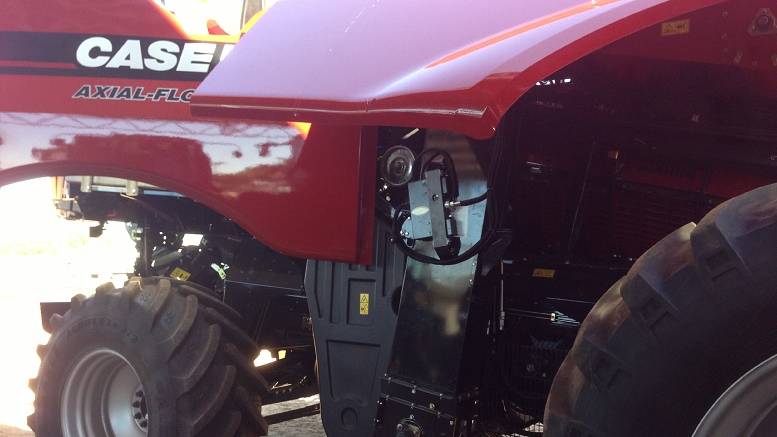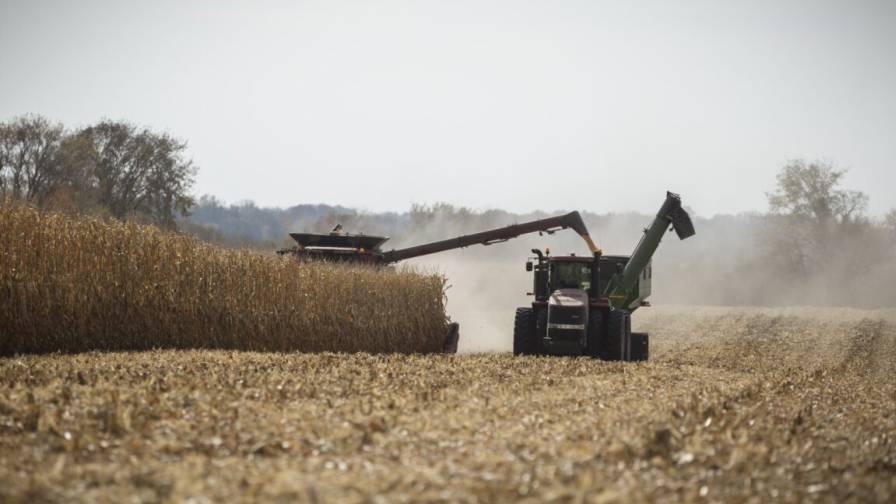Good-Bye 2020: A Year with No One Clear View for Ag Retailers
Usually as our staff puts together our year-end wrap ups, there tends to be one key event/trend that shapes how the current year will be remembered by the world. In my more than 20 years covering this marketplace, it’s pretty easy to peg these instances for years gone by. In 2001, it was livestock-only approved Starlink GMO ingredients showing up in taco shells (which hurt the biotech crop cause for years to come). In 2009, it was the collapse of fertilizer demand mid-year (which led to written contracts becoming more common). And in 2019, prevent plant dominated agricultural headlines.
However, 2020 has been very different. Unlike most years for agriculture, this year seemed to be one long, blurry nightmare that, in many ways, still doesn’t seem to have a real ending in view.
Let’s start with 2020’s biggest, most far-reaching event — the COVID-19 pandemic. The fear of this potentially deadly virus caused states to close their economies for a few months. As a result, hundreds of businesses suffered financial hardships and millions of workers were left without a job.
In the general agricultural world, the COVID-19 effect was also present. Due to declines in crop demand — such steep drops in ethanol demand for row crops — the agricultural sector was projected to see a $5 billion overall revenue decline by year end.
And while COVID-19 dominated much of the news in 2020, there were other, equally abnormal events for agriculture to deal with. For instance, in June, the Ninth Circuit Court of Appeals in California ruled that EPA’s dicamba registration for over-the-top use from 2018 was invalid, and immediately vacated the product label. An exception was granted for growers to use up their existing stocks through the end of July, however. Then ultimately, dicamba was re-approved for use in late October, but what happens next for the herbicide and the cropping system it supports is still very much an open question (see pgs. 50 and 58 for more details on this).
Perhaps more superficially, COVID-19 also kept most in-person events from taking place once the pandemic took hold in early March during the rest of 2020. In this area, it seems as if travel-less events will continue to be the norm as several winter 2021 shows such as the Wisconsin Agribusiness Classic and Commodity Classic have already announced they will hold virtual meetings instead.
I remember when I was growing up, there were two years I was really looking forward to seeing in person. One was 2000, because it represented the transition from the 20th century to the 21st. The other was 2020, because it seemed like such a nice, round number and hinted at some measure of clarity (being a common descriptor for “perfect vision”).
But in reality, 2020 was clear in only one sense: It never focused on any one thing long enough to provide much clarity to anyone. Here’s hoping 2021 paints a much clearer picture, for all of us!






